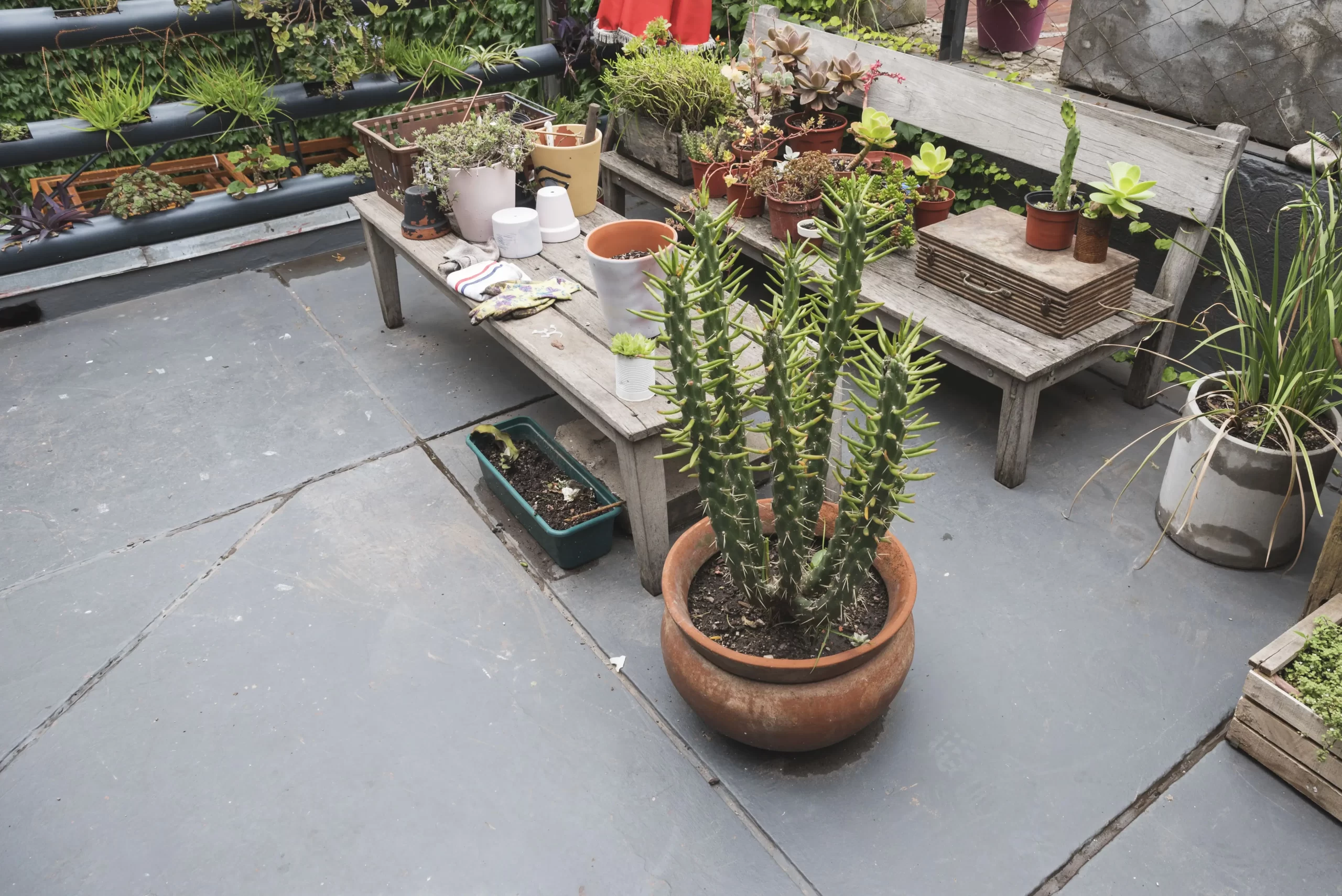
Gardening in small spaces can be challenging, but with the right techniques, creating a lush, productive garden is possible. You can still grow various plants using smart planting methods, whether you have a tiny balcony, a compact patio, or a small backyard. With practical tips and innovative strategies, this guide will help you maximize growth in minimal space.
1. Choose the Right Plants for Small Spaces
When gardening in a limited area, selecting the right plants is crucial. Opt for varieties that are compact, dwarf, or bred specifically for container gardening. Consider plants like cherry tomatoes, dwarf cucumbers, and bush beans, which require less space and produce a bountiful harvest. Herbs such as basil, parsley, and thyme are also ideal for small spaces since they don’t need much room to thrive.
2. Utilize Vertical Gardening Techniques
Going vertical is one of the best ways to maximize your gardening space. Vertical gardening uses structures like trellises, hanging baskets, or wall-mounted planters to grow plants upwards instead of outwards. This method is perfect for growing climbing plants like peas, beans, cucumbers, herbs, and flowers. Vertical gardening saves ground space and adds an attractive visual element to your garden.
3. Container Gardening for Flexibility
Container gardening offers great flexibility for small spaces. By using pots, planters, or even recycled containers, you can create a garden on any surface, from a windowsill to a rooftop. Choose containers that are deep enough to accommodate the roots of your plants, and make sure they have drainage holes to prevent waterlogging. Additionally, consider using lightweight materials like fabric pots or plastic containers to make it easier to move plants around as needed.
4. Optimize Light Conditions
Maximizing light is essential for growing healthy plants in small spaces. Many small gardens are shaded or partially blocked by buildings or other structures, which can limit sunlight exposure. To address this, place your garden in the sunniest spot available and use reflective surfaces, like white walls or mirrors, to bounce light onto your plants. You can also use grow lights to supplement natural light, especially during winter or in areas with limited sunlight.
5. Practice Succession Planting
Succession planting is a technique that involves planting new crops immediately after harvesting the old ones. This approach allows you to make the most of your garden space by ensuring that something is always growing. For example, after harvesting early spring lettuce, you can plant summer crops like peppers or tomatoes in the same spot. Planning your garden layout and planting schedule in advance can help keep your garden productive throughout the growing season.
6. Companion Planting for Space Efficiency
Companion planting is a smart strategy for maximizing growth in minimal space. This technique involves planting compatible plants close to each other to enhance growth, deter pests, or improve flavor. For example, planting basil near tomatoes can help repel pests, while growing beans alongside corn can provide natural support for the bean vines. By carefully choosing plant combinations, you can maximize your limited space and create a healthier, more productive garden.
7. Use Raised Beds for Better Control
Raised beds are an excellent option for small-space gardening, providing better soil quality and drainage control. They also simplify the management of weeds and pests. Raised beds can be built in various shapes and sizes to fit any space, and they can be placed on patios, rooftops, or even balconies. Use high-quality soil and compost to ensure that your plants receive the nutrients they need to grow. Raised beds can also be combined with vertical gardening techniques to maximize space further.
8. Grow in Layers with Tiered Planters
Tiered planters are another great way to maximize growth in a limited area. These planters allow you to grow multiple layers of plants using both horizontal and vertical space. You can place taller plants like tomatoes or peppers on the top tier, medium-height plants like herbs in the middle, and smaller plants like lettuce or strawberries on the bottom. This layering approach helps create a more productive garden and adds a unique, eye-catching design element.
9. Use Smart Watering Techniques
Water management is key to successful small-space gardening. Plants grown in containers or raised beds tend to dry out faster than those in the ground, so it’s important to water them consistently. Use techniques like drip irrigation or self-watering containers to conserve water and ensure your plants receive adequate moisture. These methods deliver water directly to the roots, reducing evaporation and runoff. Mulching is another effective way to retain moisture and keep the soil cool.
10. Compost for Nutrient-Rich Soil
Healthy soil is the foundation of a productive garden, especially in small spaces. Composting is an easy and effective way to enrich your soil with essential nutrients. Use kitchen scraps like vegetable peels, coffee grounds, and eggshells to create your own compost. Adding compost to your containers, raised beds, or garden soil will improve its structure, water retention, and fertility, leading to healthier, more vigorous plants.
11. Make Use of Unused Spaces
Don’t overlook the potential of unused spaces around your home. Windowsills, balcony railings, and even the tops of shelves can be transformed into mini gardens. Use window boxes, hanging planters, or small pots to grow herbs, flowers, or even small vegetables. You can expand your garden beyond traditional boundaries by creatively utilizing every available space.
12. Keep Your Garden Organized
Organization is key when gardening in a small area. Plan your garden layout carefully, considering the mature size of each plant and its growth habits. Group plants with similar water, light, and soil requirements together to make care easier. Use labels or markers to keep track of what you’ve planted, and maintain a regular watering and feeding schedule to keep your garden healthy and productive.
13. Grow Edible Perennials
Incorporating edible perennials into your small garden is a smart way to maximize growth over time. Plants like strawberries, chives, and certain types of kale can be produced year after year, providing a consistent harvest with minimal effort. These perennials require less maintenance than annuals and can help you make the most of your gardening space in the long term.
14. Harvest Regularly to Promote Growth
Regular harvesting is essential for maximizing growth in a small garden. Picking ripe vegetables and herbs encourages the plants to produce more, extending your harvest period. For example, regularly trimming herbs like basil or mint prevents them from becoming leggy and stimulates new growth. Harvesting frequently also prevents overcrowding and reduces the risk of diseases.
15. Embrace Minimalist Gardening Tools
Finally, keep your gardening tools simple and efficient. Choose multipurpose tools that serve several functions, such as a trowel that can also be used for transplanting or a small rake that works for weeding. Minimizing the number of tools you use can save space and reduce clutter in your small garden area.
Conclusion
Gardening in a small space doesn’t mean you have to compromise on growth or variety. By employing smart planting techniques, selecting the right plants, and making the most of your available area, you can create a beautiful and productive garden no matter how limited your space is. Remember, with a bit of creativity and careful planning, even the smallest spaces can become flourishing green havens.

